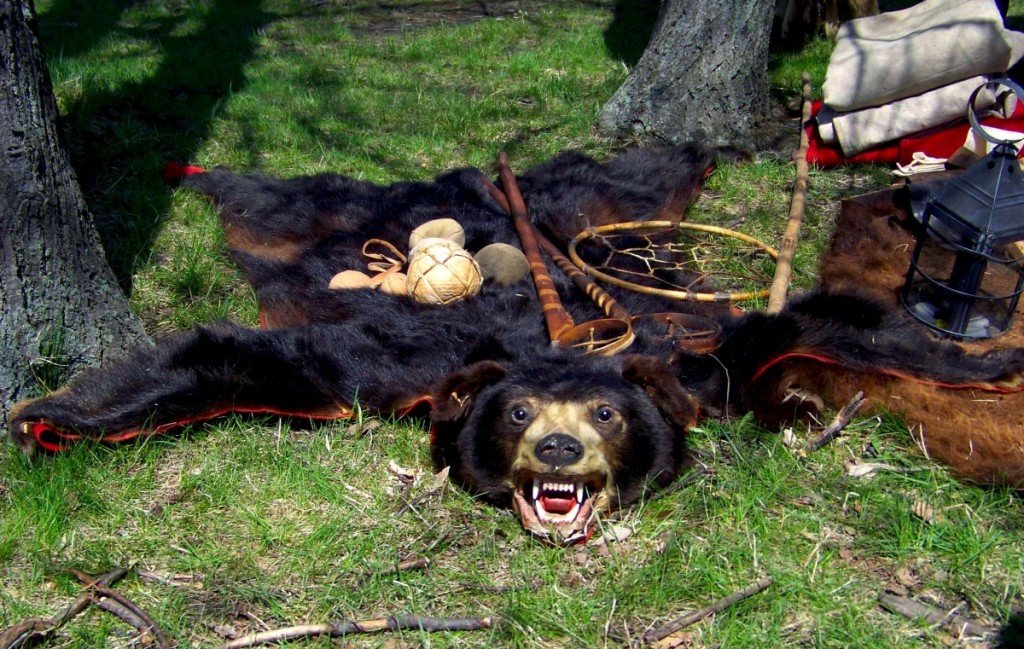
Camping is a favorite activity done with family, friends, and other loved ones. Aside from being a very effective bonding activity, it also takes people away from their lives surrounded by shiny machines and the technology that encompasses almost everything these days.
One of the major concerns for these camping trips are attack by wild animals, least of all those that are considered big game that include bears. But some want this majestic creature to grace their homes and offices for as long as possible (without fear of bear attack).
But what about other creatures?
Technically, the likelihood of a bee attack that effectively kills would by 180 times more probable and car accidents even more with a 160,000 to 1 possibility. Campers are more often than not advised to not feed, pet, or crowd these skittish creatures.
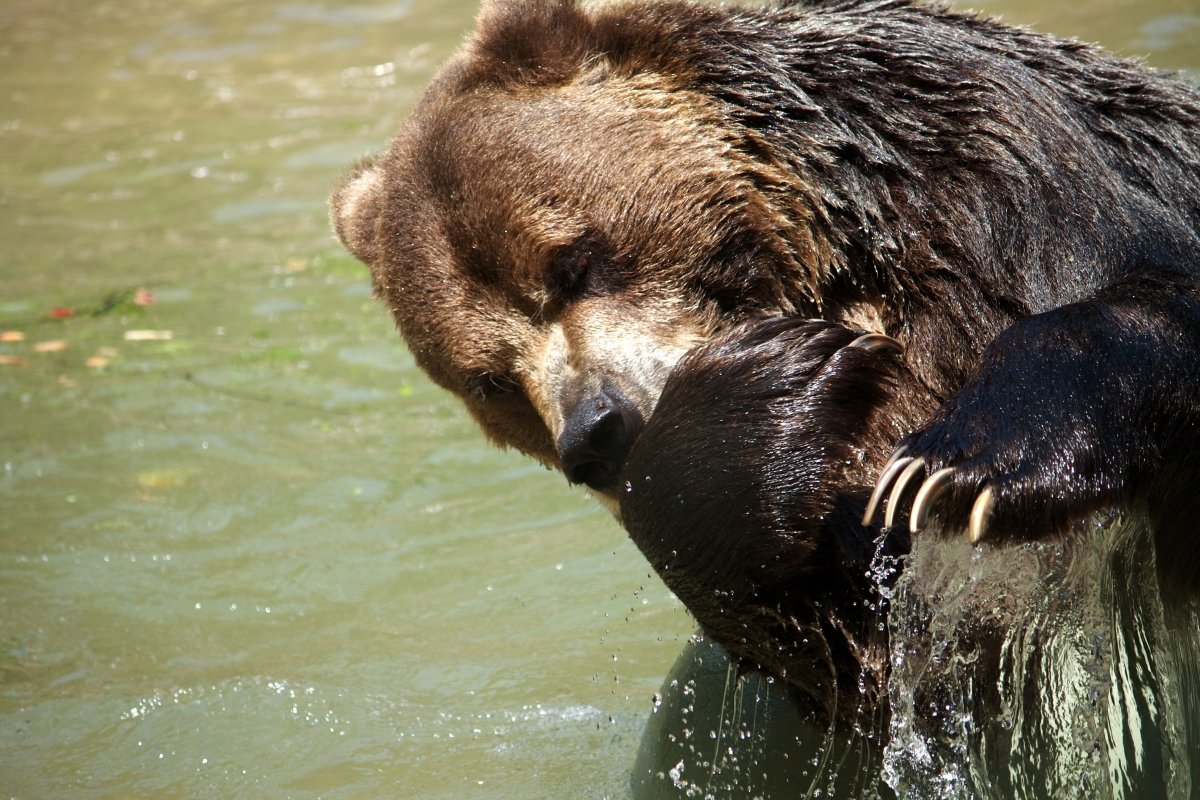
Bears are animals that require respect and caution with every encounter. They rely on their sense of smell and remarkable colored sense of sight in order to survive the wild.
Their average life spans are from an average of 18 years up to 25 years and can weigh from 125 to 600 pounds. Bears are intelligent, naturally curious, and capable of climbing trees, swimming across bodies of water and are able to run up to 35 miles per hour.
Due to these things, the professional hunters that go after these beasts should first and foremost have good marksmanship as well as a license to hunt as allowed by local authorities.
The more common type of bears are known as black bears. The species known as Ursus americanus has different colors from the most obvious blacks, to cinnamon brown, silver-blue, and the rare white.
Their diet consists of nuts, berries, grasses, larvae, and carrion. Despite the fear of their attack, these animals don’t usually attack unless threatened.
Nowadays, there are a lot of stores that offer black bear mounts for sale that include online shops as well. There are options for head mounts, shoulder mounts, full mounts, as well as an option for black bear rugs. If you are curious about the process of creating a full mount, here is a time-lapse video for you.
Another type that only a chosen few of the biggest shops could boast mounting is polar bear taxidermy.
Known to be the most identifiable of all types of bear, not many hunters also have a chance to try, what more catch them which is the main reason why taxidermied polar bears are so rare and definitely sells for a considerable lot more than black bears.
The most common option to be bought for this type of bear are full mounts and polar bear rugs. If you would like to see a successfully mounted life sized mount, you should check this site.
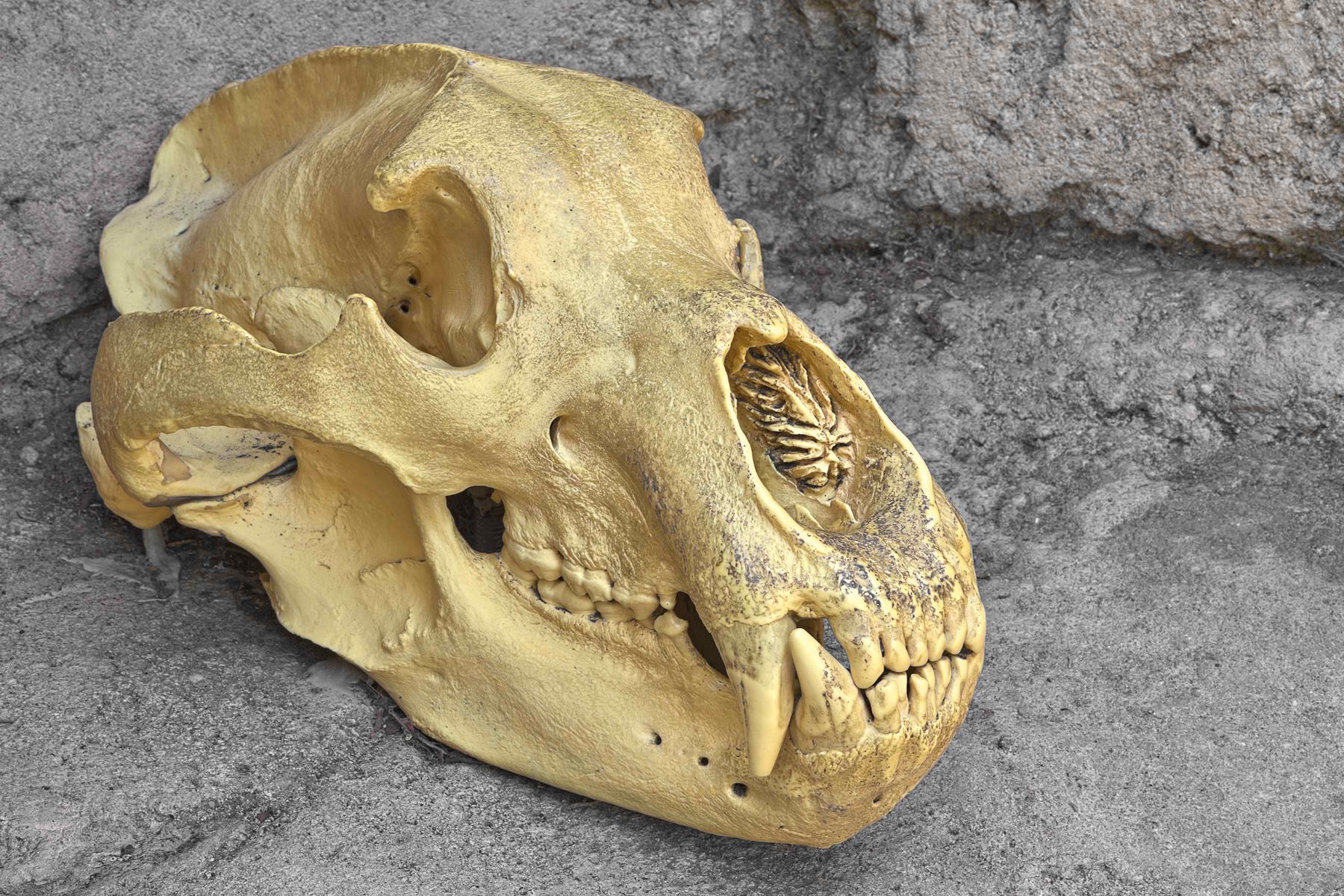
Aside from their meat, other bear parts are also used as trophies and made into accessories. Let’s start a recall on the main method for bear mount preservation prepared by the hunters themselves, as well as some tips for the hunt.
Perhaps the most important part is done by the people who manage to successfully hunt these animals. Especially for those who plan to market the bear for sale or create a trophy for themselves, it is important to remember to skin and quarter the game on the spot.
The professionals who produce taxidermy bears for sale or for clients who mean for it to serve as a reminder caution insistently that the animals not be dragged as they are one of the causes of marks and bald spots.
Skinning is an important skill for hunters to learn, and should be one of the first. There are prescribed techniques in order to create a lasting and clean cut bear taxidermy afterwards. The ways in which the skin are cut is another matter of concern. An online skinning diagram like this one should be thoroughly followed.
Places that have taxidermy bears for sale also recommend the use of a sharp, flexible knife with a 3 to 4 inch blade. The small size would facilitate the proper removal of skin in places like the face that require more precision in such a small area. An example of this would be utility knives which also offer convenience by having easily replaceable blades.
Depending on the conditions and time frame of the hunt, there are two options for preserving the bear skins before tanning. Both of these processes aim to remove the moisture from the hides and results in the tightening of hair follicles that prevent hair fall.
The more ideal of this is rolling it up and freezing it as close to the skinning time as possible. If, however, hunters are to stay a day or two outside of facilities that allow that, salting is the only option available.
One important reminder before beginning the preservation process is to thoroughly remove the meat, fat, and blood from the hide. All of these are accomplished the easiest the fresher the kill.
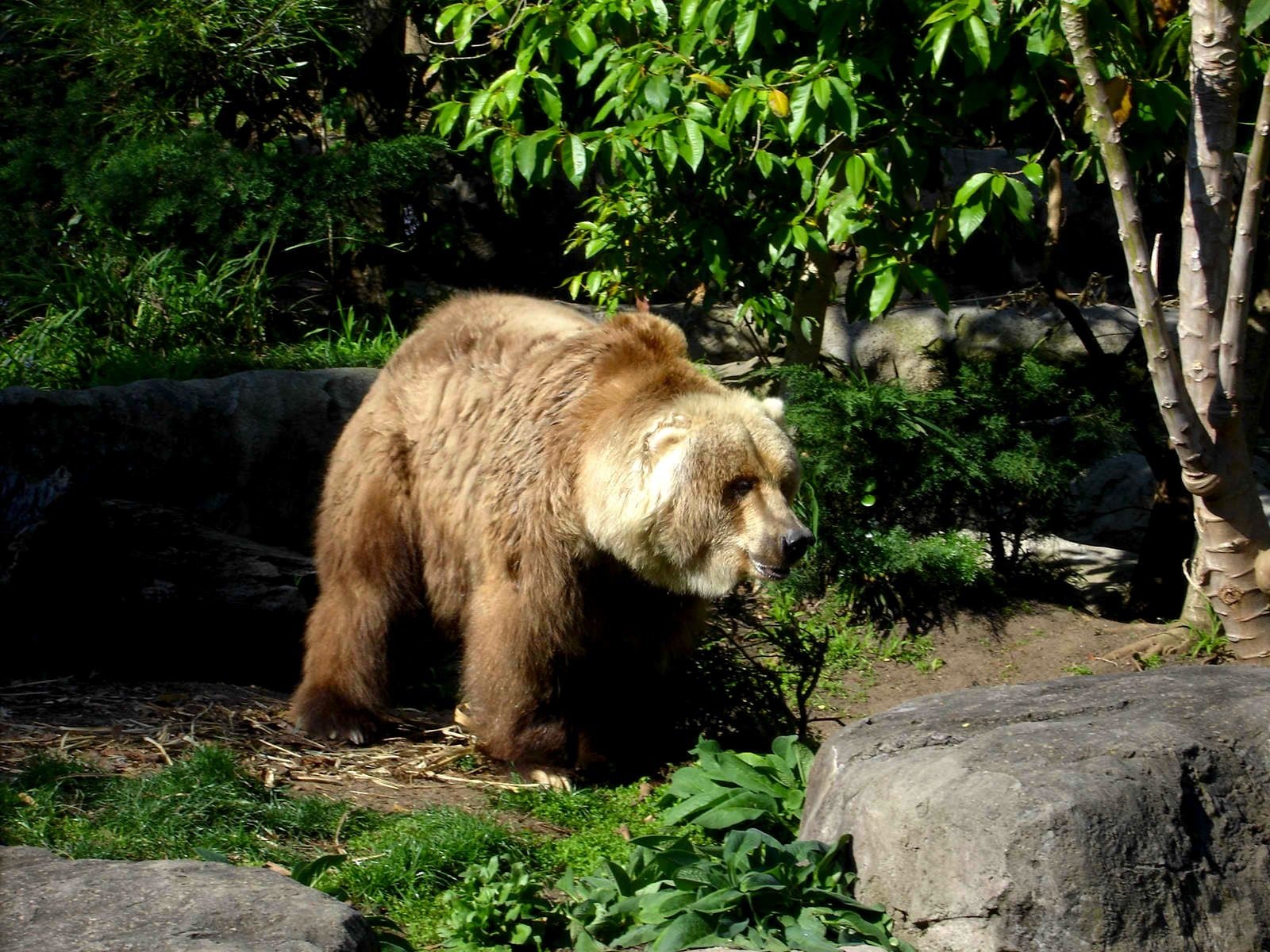
Dried blood in bear hides encourages bacterial infestation that would cause falling hair and bald spots. Leftover meat pieces only noticed after salting would be harder and more expensive to remove. Fats that aren’t properly taken care of are even worse as they reduce the efficacy of the salting process.
Licensed taxidermists that have bears for sale recommend fine grained, non-iodized salt if absolutely necessary. It is especially important to salt crevices including the inside of the ear, around the nose, on the muzzle and lips, and between the toes.
The recommended amount for black bear mounts are 20 pounds on average, and 40 pounds for brown bears. Please take note that salting is only effective for a day and should be re-salted for another 24 hours without a freezer.
The recommended containers are commercially bought game bags or ones made of burlap that are also readily available. According to people who taxidermy bears for a living, a place out of direct sunlight that is also cool and dry is the most optimal condition for these salted hides.
Depending on the timing of your hunt, there are other fur coat considerations to be made as well. Generally, spring bears are known to have fuller pelts as compared to fall bears which in contrast have shinier furs.
Nowadays, there are also tutorials that teach people how to conduct taxidermy on their own. Here is an online video as an example.
A most necessary decision to make before heading out for the hunt is the type of trophy you would want afterward if you happen to catch one. From taxidermy bear heads to bear skin rugs to just bear skulls and even accessories like bear claw necklaces.
The places which offer the mounting of your trophies more likely than not also offer services or know of other businesses that cater to people who prefer taxidermy bear rugs instead of mounted ones. The average cost per foot usually ranges from 135 to 150 dollars.
If you are neither willing to drive to stores or a hunter and are only inquiring for home decoration purposes, there are now websites like this one that offer prices for already made bear rug for sale. Take note that a bear skin rug with head costs considerably more than those without.
Of course you can always tan your bear rugs on your own. Here’s an easy recipe to follow for beginners. Please take great caution if you are going to try this on your own.
For people whose preference are with a taxidermy bear for sale instead of just bear skin rug, there are options for those as well.
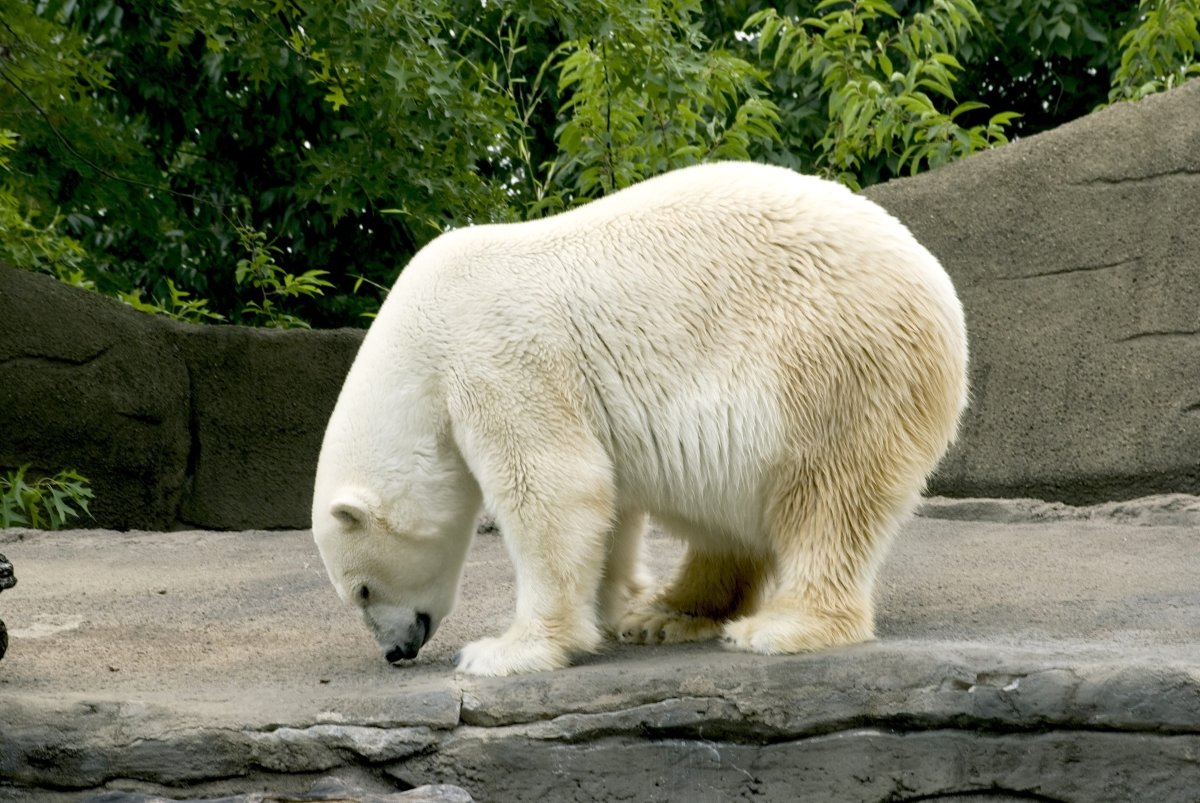
Black bear taxidermy that are life sized usually cost approximately $2,000, and cost more or less $4,000 for those with brown pelts. Of course there are also sites that cater to clients looking for full mounts with an already mounted gallery or offer mounting services like this one.
Most of the time these sites also offer bear head mounts for those who have a preference for them.
The mounting of these beasts cost a lot of money to say the least, and is considered as one of the animals that bring the most money for taxidermists, especially during its hunting season. These animal is also one of the most profitable because most of the hunters that manage to catch them almost always decide to mount them in one way or another.
A consideration for hunters who want their bears created into trophies as well as the taxidermists that create their forms beyond their death is if the mounts are to have a closed or an open mouth.
John Hannelli, a historian from the National Taxidermists Association astutely said that herbivores like deer should have closed mouths and carnivores like bears and lions should have open mouths.
An important consideration would also be its primarily use. Especially if for indoors, it would be proper to have closed mouth specimens as to not scare the people who visit your homes. But if it is primarily for outdoors or museum use, open mouthed trophies are okay.
An average sized shop usually take 9 to 18 months per mount, especially those who do not hire seasonal workers during hunting season. Another consideration to be kept in mind is that the smaller shops do not own their own tanneries and hire it out.
The tanning of these skin alone usually take a maximum of 4 months, spending 3 of those for tanning the hide and the rest for tanning the fur.
If you would like to learn how to tan your own bear hides, there are also guides online like this one that you can follow.
A word of caution for the inexperienced - do not make use of bear skin as your first tanning project. They are far too valuable and hard to catch and you would surely regret it especially in the eventuality that you fail. Readily available animals that are smaller like rabbits are recommended for your initial trial.
⟫ BEAR RUG STORAGE
As there are proper ways and methods in making them, there are also proper ways in which the bear rugs that you already have at home are maintained.
First, you should use a soft-bristled brush to remove any debris to clean your rug. After which, it should be lain down on a clean space with the fur facing the floor.
The front and back legs should be folded next toward the center of the rug and made to touch each arm in the middle. Next, the rug should be folded in half with the head touching the bottom part then rolled to fit an airtight plastic storage container.
It is recommended to add an appropriate chunk of cedar wood as it is known to prevent the infestation of larvae or moth that destroys organic rugs. After all these steps, it is recommended that your rug be stored in a cool, dry place for future use.

Another realm entirely from using them as home decoration, another use for bear parts are made into accessories made for wearing. Bear headdresses, for example, are used by Native Americans for rituals.
As mentioned before, bear claw necklaces are also available in the market now. If you are interested in making a do-it-yourself necklace however, below are easy steps to follow.
The removal of the claws form the base can usually be done by your place of purchase especially if it is one that offers bear taxidermy for sale. Next, you should remove the blood and hair from it by placing it in boiling water for a minute and no more.
Make sure that you time it to perfection as exposure longer than that would weaken the physical properties of the claw. If there are leftover hairs, it is recommended to use a razor blade to scrape them out.
Using an 80 grain sandpaper, the bear claw should be polished carefully until it becomes smooth to touch. Be careful not to break to the exterior shell because except for being less visually appealing, the shelf life of the claw would also be lessened.
Prepare several paper towels and place the polished claw on it. With clear nail polish, coat one side of the claw and then let it rest until dry. This process usually takes several hours, and should be replicated on the other side of the claw as well.
Another coat on both sides is also recommended. This last step protects the pendant from external factors as well as serves as an effective method of preservation.
For this upcoming autumn months, there are a lot of considerations and preparations to be done for bear hunters. It also wouldn’t hurt to be reminded that there are specific places where you can hunt these animals and a limit to how many you can catch. Check the expiration dates on your licenses and renew them if necessary.
September is fast approaching so prepare the needed equipment now. We hope this primer for all things bear helps. Happy hunting!
Faux Taxidermy: Is the Real Deal Too Much?
10 Aug, 20159 Times Taxidermy Went Viral: When The World Reacts
04 Aug, 2015All The Different Types of Taxidermy
27 Jul, 2015Taxidermy in the Modern Age: The Story So Far
21 Feb, 2014Faux Taxidermy: Resin Bear Head Wall Mounts by White Faux Taxidermy
19 Feb, 2014Faux Taxidermy: Deborah Simon's "Flayed Bears"
09 Sep, 2015A Beginners Guide to Deer Taxidermy
02 Sep, 2015DIY Taxidermy: We All Have to Start Somewhere